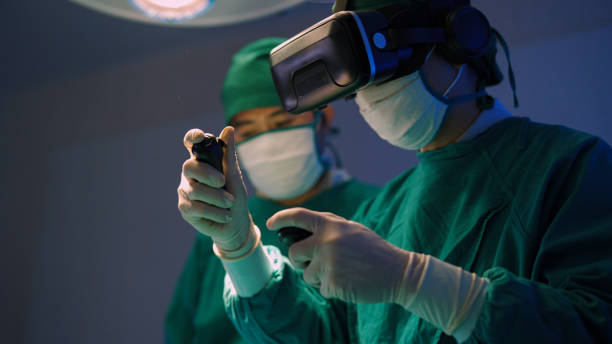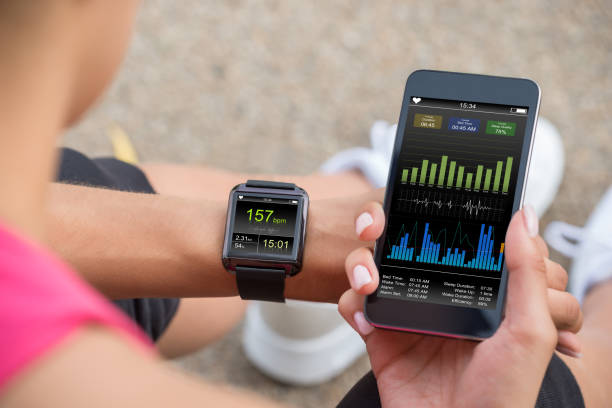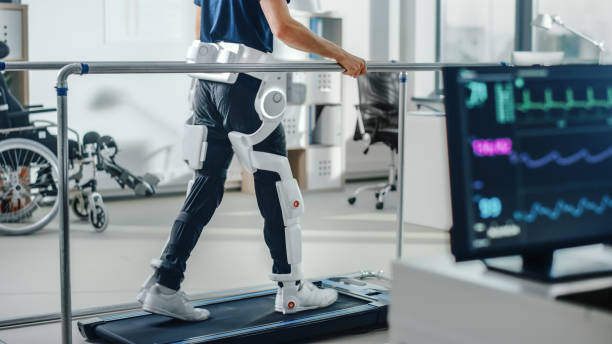
What Is Wearable Technology About? Exploring the Future of Health and Lifestyle
Technology is evolving at an unprecedented pace, and wearable devices are a key part of this revolution. But what exactly is wearable technology about? Wearable technology refers to smart, electronic devices designed to be worn on the body, seamlessly integrating into our daily lives. These devices collect data, provide real-time feedback, and help users make informed decisions about their health, fitness, and productivity. In this post, we’ll delve into the exciting world of wearable tech, uncovering its applications, benefits, challenges, and future trends.
What Is Wearable Technology About? A Comprehensive Overview
Wearable technology encompasses devices like fitness trackers, smartwatches, augmented reality (AR) glasses, and even smart clothing. These gadgets leverage sensors and connectivity to monitor, analyze, and improve various aspects of our lives. From tracking your heart rate to managing your sleep patterns, wearable tech is becoming an indispensable tool for modern living.
Wearable technology operates at the intersection of fashion, function, and innovation. Whether you’re a fitness enthusiast or a professional aiming for peak productivity, wearables cater to diverse needs, providing practical and impactful benefits.
Key Applications of Wearable Tech in Daily Life
1. Fitness and Health
Fitness and health are arguably the most popular domains for wearable technology. Devices like Fitbit, Garmin, and Apple Watch help users:
- Track physical activity, including steps, distance, and calories burned.
- Monitor heart rate and oxygen levels.
- Analyze sleep quality and provide insights for better rest.
For health management, wearable devices are invaluable. Diabetic patients, for instance, use continuous glucose monitors (CGMs) to track their blood sugar levels in real-time, promoting proactive health management.
2. Enhancing Productivity
In professional settings, wearable tech enhances productivity and safety. Smart glasses with AR capabilities, for example, provide hands-free access to information, making them invaluable for industries like manufacturing and healthcare. Additionally, wearable devices monitor employee well-being by tracking stress levels and encouraging better posture.
3. Entertainment Innovations
Entertainment is another exciting application of wearable technology. Virtual reality (VR) headsets, like the Oculus Rift, immerse users in gaming and cinematic experiences. Wearable audio devices, such as bone-conduction headphones, offer a unique way to enjoy music while staying aware of your surroundings.
4. Improving Athletic Performance
Athletes and sports enthusiasts leverage wearable technology to improve performance. Devices like GPS watches and smart insoles provide detailed metrics, including stride length and running efficiency. These insights empower users to train smarter and reduce the risk of injury.
5. Personal Safety Solutions
Safety-focused wearables are becoming increasingly prevalent. Devices like panic buttons, GPS trackers, and wearable cameras enhance personal security. For seniors, wearable fall-detection devices provide peace of mind for both users and caregivers.

Benefits of Wearable Tech
Wearable technology offers numerous benefits, making it a transformative force in our lives:
- Health Monitoring: Wearables enable users to stay informed about their health metrics, promoting early detection and prevention of medical conditions.
- Convenience: Compact and lightweight, wearable devices provide information and functionality at a glance.
- Motivation: Fitness trackers and apps encourage users to achieve their health and wellness goals by providing real-time feedback and gamification elements.
- Enhanced Productivity: Smart wearables help users stay organized, manage time effectively, and access information instantly.
- Safety and Security: Devices focused on personal safety offer reassurance and immediate assistance when needed.
Challenges Facing Wearable Technology
Despite its potential, it faces challenges that need addressing:
- Privacy Concerns: Data collected by wearable devices can be vulnerable to breaches if not properly secured.
- Cost: High-quality wearables can be expensive, limiting accessibility for some users.
- Battery Life: Many devices require frequent charging, which can be inconvenient.
- Accuracy: Sensors and algorithms are not always precise, leading to potential discrepancies in the data provided.
- Adoption Barriers: Some individuals may find wearable technology intrusive or struggle with the learning curve of new devices.

The Future of Wearable Technology
The future of wearable technology is brimming with possibilities. Here’s what to expect:
- Integration with AI: Artificial intelligence will make wearable devices smarter, offering personalized insights and predictive analytics.
- Advanced Health Monitoring: Wearables will evolve to include more sophisticated sensors capable of detecting early signs of illness.
- Energy Efficiency: Improvements in battery technology will lead to longer-lasting devices.
- Fashion Meets Function: Designers are incorporating wearables into everyday clothing and accessories, making them more stylish and less obtrusive.
- Expanding Accessibility: Lower costs and simplified interfaces will make it more accessible to a broader audience.
Why Healthy Health Spot Is Your Go-To Resource for Health Information
If you’re still wondering about wearable technology, Healthy Health Spot has the answers. Our platform offers comprehensive guides, expert insights, and the latest updates on wearable devices and their applications. Whether you’re looking to improve your fitness, enhance your productivity, or explore cutting-edge technology, Healthy Health Spot is your trusted resource.
We’d love to hear your thoughts! Have you tried wearable technology? What devices do you find most useful? Share your experiences and opinions in the comments below. Let’s explore the future of wearable technology together.
